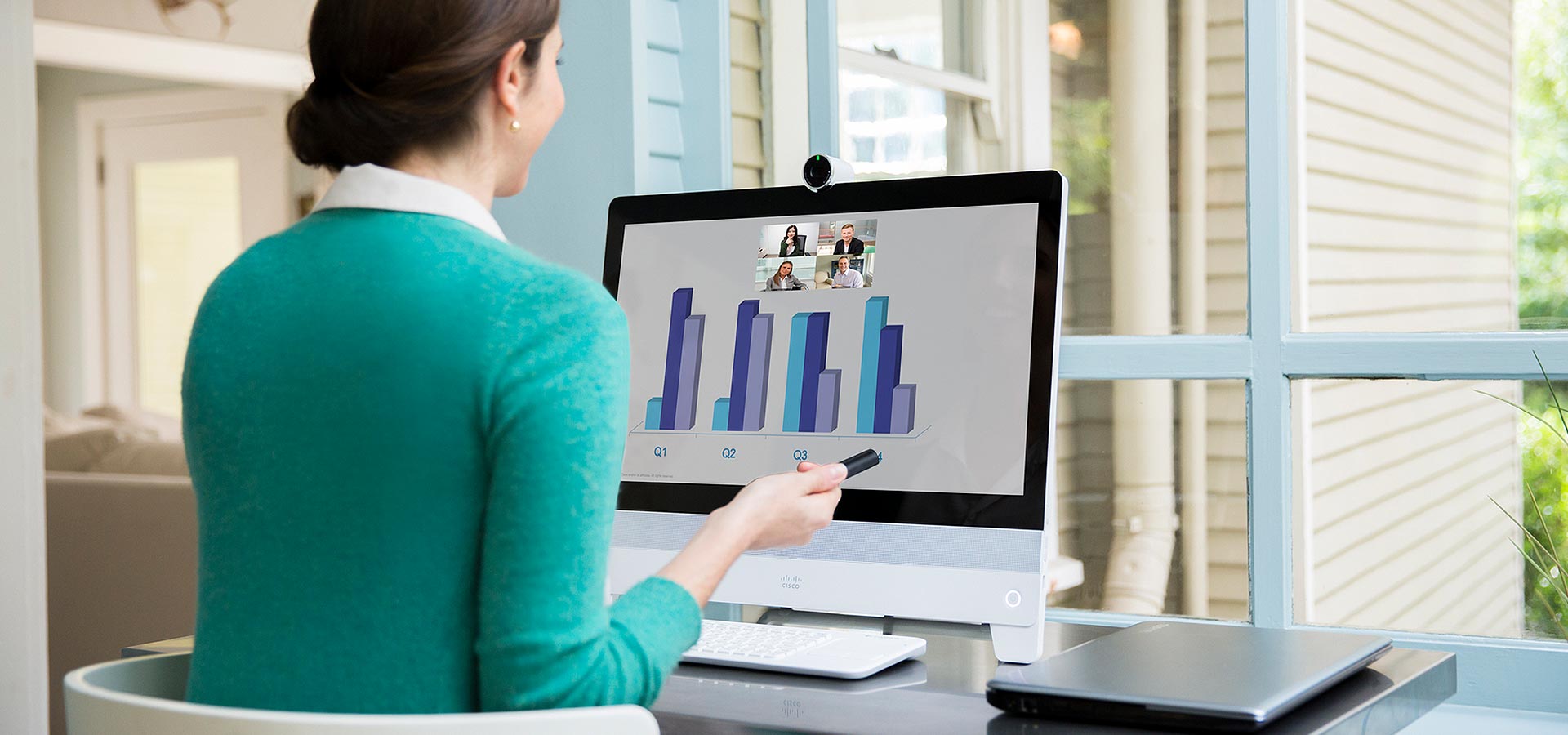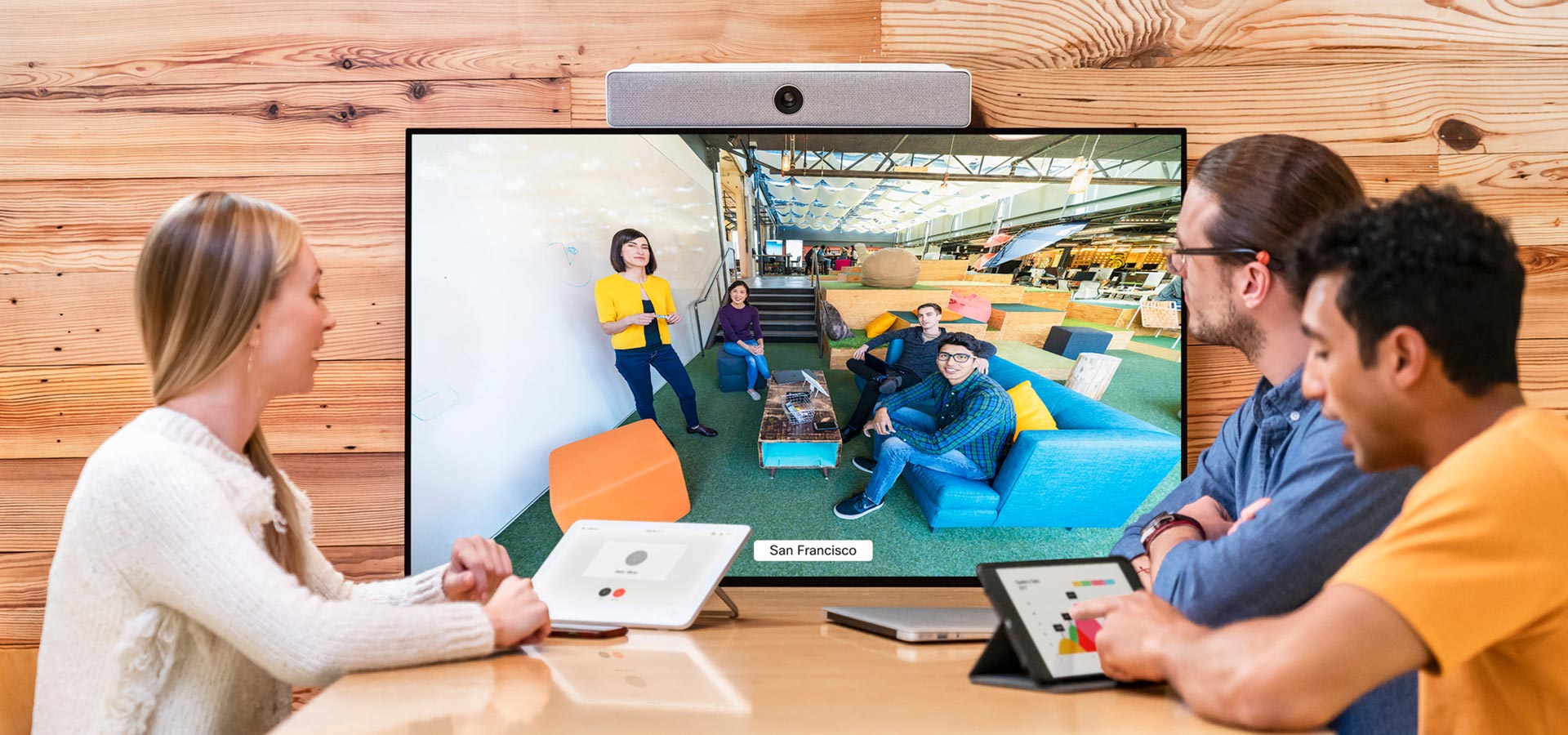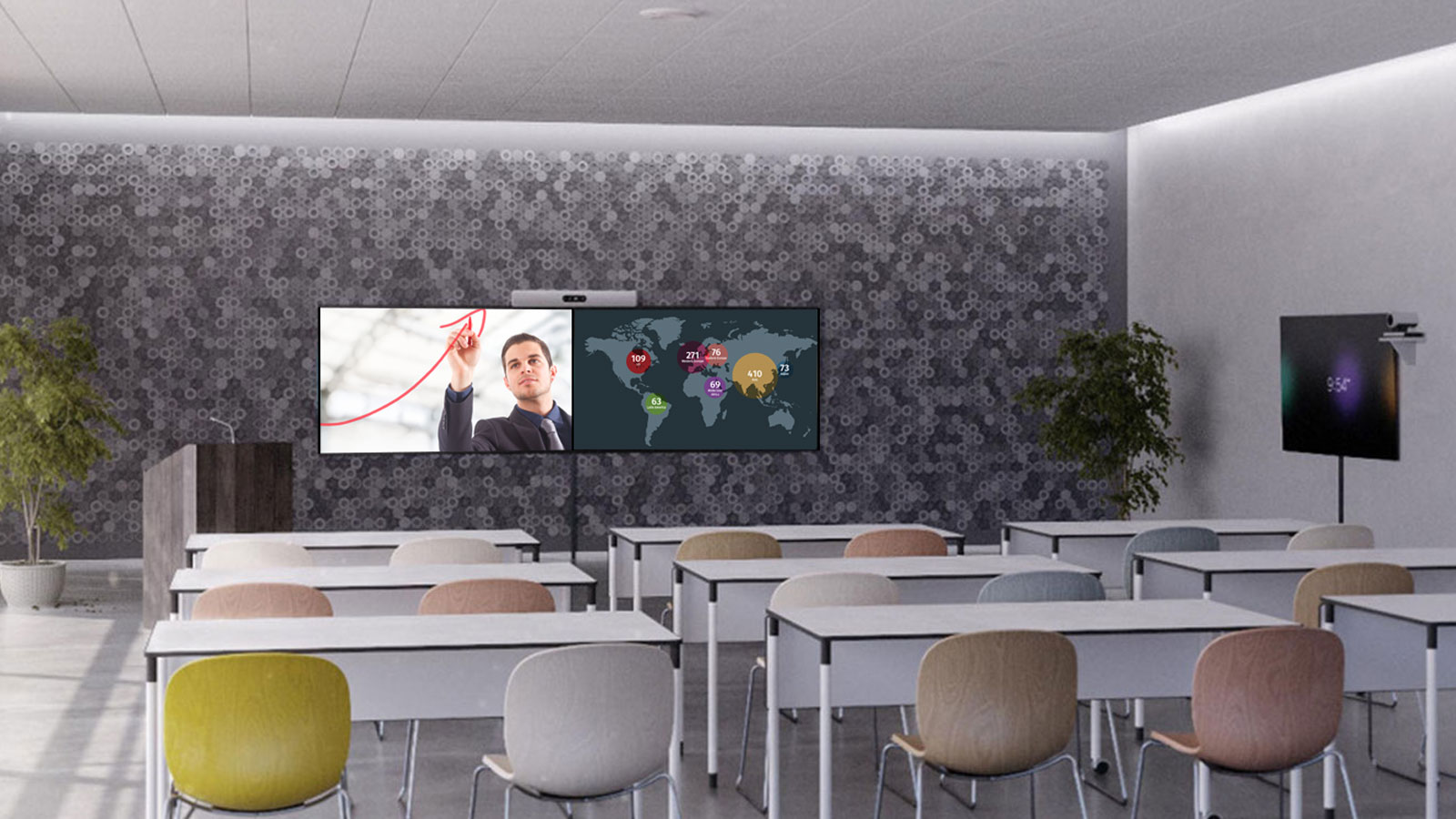Nowadays, an individual’s work on a project has been replaced by group work in almost every area of the economy. Even if employees perform the tasks entrusted to them on their own, they eventually hold project meetings to present the results of their work and determine the next steps to complete the project successfully. Meetings are held in appropriate conference rooms, depending on the size of the project team, the team dispersion between different company locations, and the nature of the work performed by team members. A conference room provides the opportunity for a larger group of employees to meet in surroundings conducive to intense communication, while maintaining privacy, and without disrupting the work of other people performing their professional duties in the so-called open spaces.

from 1 to 4 persons
Quiet work place

from 1 to 5 persons
Huddle space

from 4 to 20 persons
Conference room

up to 10 persons
Training room
Smart conference rooms
Depending on the type of meeting, different categories of conference rooms have been created, which can be broken down into:
- micro conference rooms (also called quiet work places),
- huddle space (meeting rooms or small conference rooms),
- classic conference rooms,
- training rooms.
read more
To ensure the effective work of a project team or a single employee, the place where the meeting takes place must be designed properly (based on best ergonomics practices) and fitted with appropriate tools to facilitate effective communication.
- projection monitors, on which the results of accomplished work can be presented to other team members,
- video conferencing terminals that ensure the transmission of sound, image and presented materials between different locations where members of the project team are located,
- interactive boards that allow joint project work,
- wireless content presentation systems that enable displaying without using cables,
- sound recording systems (including: table microphones and ceiling microphones),
- conference room sound systems that ensure proper sound in the room,
- lighting control systems that enable optimal lighting adapted to the time of day, sunlight and the nature of the meeting, and that ensure the privacy of the content discussed by covering the windows, doors or glass walls of the conference room.
All of the above tasks are performed by a set of tools, which we call the audiovisual system, or AV system for short.
Effective management of the use of a conference room is also of considerable importance. This is the responsibility of the room reservation systems integrated with the company calendar. These systems feature the possibility of integrating with various types of tools monitoring the presence of people in the conference room and counting the number of people in the room. Based on this, it is possible to analyze the effectiveness of using individual meeting rooms in terms of the number of people in a room in relation to its capacity, and how often there are situations in which the room is empty, due to the organizer not cancelling the room booking even though they cancelled the meeting.
Besides the active components that are part of the meeting room’s equipment, attention should also be paid to appropriate furniture and interior design that are conducive to work and reflect the nature of the place. Conference tables should be fitted with table connectors containing power sockets for connecting chargers to laptops or mobile phones, ports ensuring connection to the LAN and enabling presentation, e.g. via HDMI.
To ensure order in the conference room (which has a significant impact on the well-being of those using it), it is recommended to use connectors equipped with electrically or mechanically wound connection cables. Thanks to their use, the problem of tangled cables on the conference table is eliminated, as are situations where a participant of the previous meeting inadvertently took the presentation cable with them and the next person is unable to make a presentation or connect to the company network.
The accumulation of modern communication technologies in a conference room must not overwhelm the user. The main goal when designing conference rooms is ergonomics and simplicity of use. To acheive this, control of the entire conference room environment simply requires operation via a touchscreen tablet with an intuitive user interface. The obligatory training of employees in the use of AV systems implemented in the conference room should not be forgotten. Helpdesk assistance should also be provided in situations where unexpected problems may arise during an important meeting.
Our experience and observation of the level of use of our clients’ conference rooms show that these are definitely the most intensively used spaces in the offices. Therefore, to avoid a conference room being excluded from use, it is recommended that AV systems have appropriate service care.

